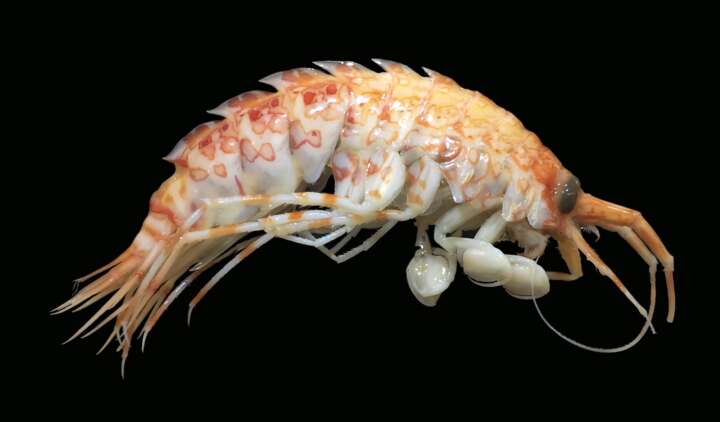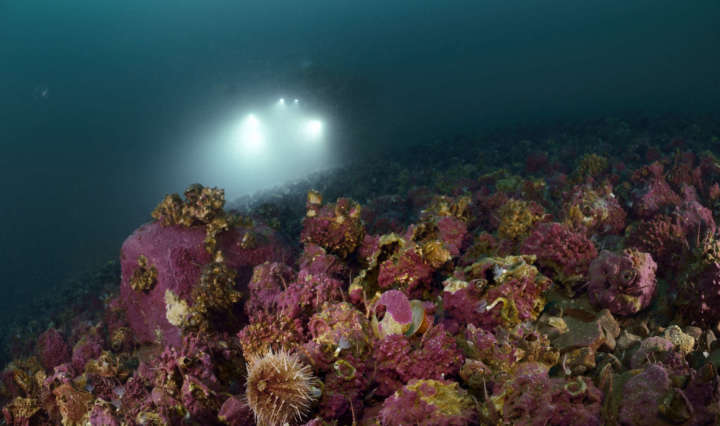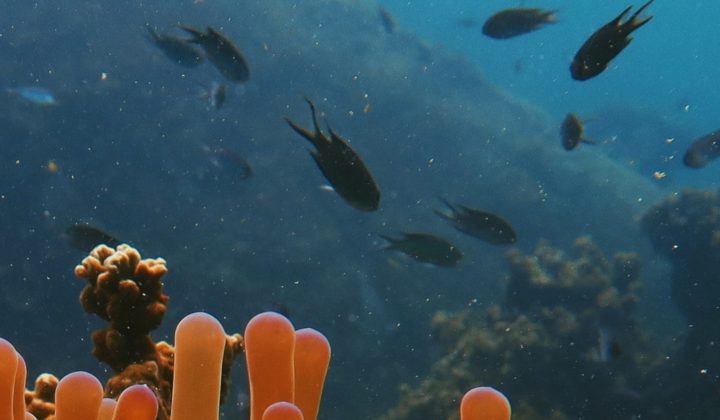Depth Drives Diversity
Biodiversity on the ocean floor is largely determined by water depth – not by temperature
In a review study published in the journal “Frontiers in Marine Science,” Senckenberg scientists investigated the composition of shallow-water and deep-sea fauna along the Northwest Pacific and the Arctic Ocean Using 18,668 records of bottom-dwelling marine animals, they show that water depth is the main driver of species communities. Previously, water temperature was thought to be the determining factor. The researchers recommend that the differences between benthic communities should be considered when responding to future climate and environmental changes.
The largest mass extinction in the history of the Earth occurred about 252 million years ago, marking the end of the Permian age and the beginning of the Triassic epoch. Estimates suggest that 95 percent of all life in the oceans disappeared within a few thousand years at that time. “This devastating extinction event was triggered by the global warming at the time and ocean acidification associated with a CO2 increase, which led to a hostile environment for marine fauna,” explains Dr. Hanieh Saeedi, lead author of the study conducted by the Senckenberg Research Institute and Natural History Museum in Frankfurt, and she adds, “Given the large number of marine species that have gone extinct in recent centuries and millennia, as well as predictions of possible future species extinctions as a result of global warming, another marine mass extinction may currently be underway.”
Therefore, Saeedi and her Senckenberg colleagues Prof. Dr. Angelika Brandt and Dr. Dan Warren conducted a new study to fundamentally assess the biodiversity status and community composition of shallow-water and deep-sea fauna along the Northwest Pacific and the Arctic Ocean, using their own samples as well as all freely available data. “We were particularly interested in what environmental factors influence the composition of benthic, or seafloor-dwelling, organisms,” explains Saeedi. Using 18,668 samples of 11,029 bottom-dwelling species from water depths between 0 and 10,900 meters, the team detected a trend toward declining species richness in higher latitudes and deeper waters, most pronounced in the coastal waters of the eastern Philippines. “Surprisingly, the main factor determining the composition of faunal communities in the Northwest Pacific and adjacent Arctic seas is depth, not temperature!” says the Frankfurt-based marine researcher in explanation of the results, and she adds, “The subsequent factors are silicate content, light, and currents.”
In their publication, the researchers conclude that different benthic communities may respond differently to future climatic changes due to taxon-specific biological, physiological, and ecological characteristics. International conservation efforts and habitat preservation should therefore take an adaptive approach and apply measures that account for differences among benthic communities in their response to future climate change.
“This will facilitate the implementation of appropriate conservation management strategies and sustainable use of marine ecosystems in the Northwest Pacific and Arctic – not least to preclude a mass extinction such as occurred at the Permian-Triassic boundary,” adds Saeedi in conclusion.
Publication: Saeedi Hanieh, Warren Dan, Brandt Angelika (2022): The Environmental Drivers of Benthic Fauna Diversity and Community Composition. Frontiers in Marine Science, 9. DOI: 10.3389/fmars.2022.804019





